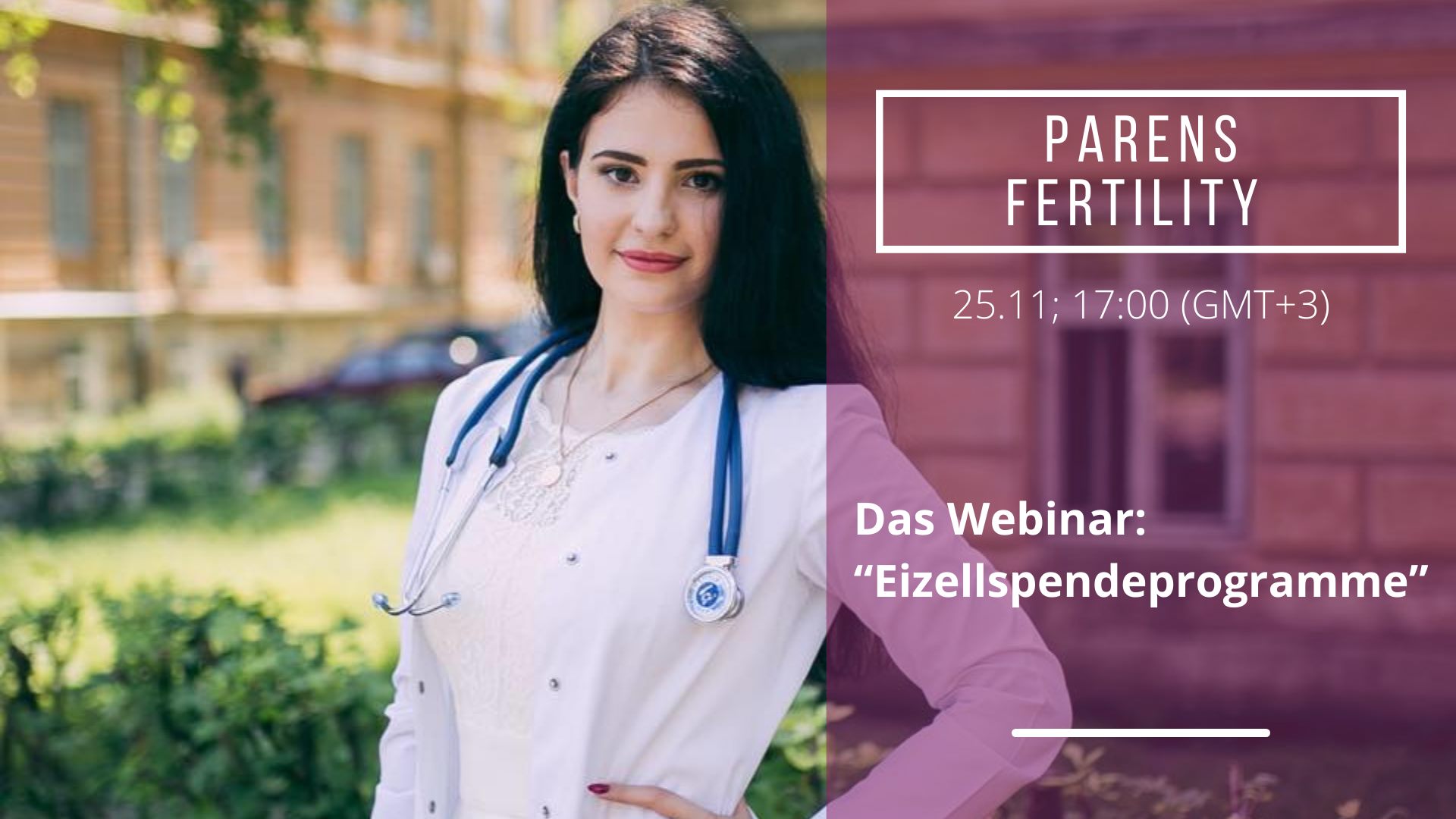Frozen embryo transfer (FET)
IN CASE YOU HAVE GOT SURPLUS EMBRYO(-S) FROM YOUR PREVIOUS IVF CYCLE YOU CAN USE THEM FOR FET.
IN CASE YOU HAVE GOT SURPLUS EMBRYO(-S) FROM YOUR PREVIOUS IVF CYCLE, YOU CAN USE THEM FOR FET.
After IVF cycles, our patients in “Parens Fertility” often have surplus embryos left from their previous IVF cycle. As a rule, they decide to use them for the following attempts; in this case, they start their frozen embryo transfer (FET) process. However, sometimes they also opt to donate them taking part in our Embryo Donation Program.
Embryo transfer is a fairly popular procedure today, which has been successfully implemented as one of the IVF program stages more than 30 years ago. During the vitrification, the biological material is cryopreserved very quickly without damaging it if we compare it with the slow freezing used in the past.
For this reason, all the concerns about which embryos are better to use – fresh or frozen – are ungrounded. The risks of IVF with fresh embryos and FET-IVF are almost the same, and the difference in success rates is insignificant. Children born as a result of IVF with cryopreserved embryo transfer are as healthy as the ones born from the fresh embryo implantation. So parents-to-be using FET services in our fertility agency can be absolutely calm about risks to their pregnancy and future child because our experts will do our best to guarantee the best results of their IVF cycle.
What is a frozen embryo transfer (FET)?
The frozen embryo transfer process (embryo transfer) involves warming a vitrified embryo(s) created from a patient or donor biological material and transferring it to a prepared uterine cavity of a woman. There are different reasons why people decide to go for the frozen embryo transfer. An unsuccessful cycle is not the only reason why patients choose this type of infertility treatment. Often, the reason is also the desire to get pregnant again after a successful cycle. Clients also prefer to keep the embryos for the future.
One more reason to resort to FET-IVF services is the need to use donor cells if the biological material of intended parents is too poor or there is a risk to transfer genetic diseases to a baby. This procedure is a great solution to become a mom and guarantee that your child will be healthy because every embryo undergoes various tests. In our clinic, you won’t need to worry about where to find an egg donor because we also offer Egg Donation Programs. If you want to save time and ensure 100% pregnancy guarantee, you can also check out our Tandem IVF program, which involves simultaneous fertilization of both donor and patient’s eggs.
Since fertility decreases with age, frozen embryos open up the possibility to become parents again a bit later. The preferable storage term of embryos is 3 years. However, there is no scientific evidence that the material warmed later is of poorer quality. In any case, it is always recommended to use them as soon as possible.
How does the frozen embryos transfer work
The frozen embryo transfer program starts with the transportation of your embryos to the clinic if they are stored elsewhere. Together with the embryos, you have to provide a full report on your embryos and the results of the medical examinations performed prior to creating these embryos.
The next step is the preparation of the uterine lining before embryo transfer. You receive your individual ovarian stimulation protocol and undergo all necessary check-ups and tests before the day of transfer. At this stage, doctors stimulate your ovulation cycle to ensure that your body is ready for implantation.
Transplantation is the next step after ovarian stimulation. When you are ready for the procedure, the embryo is warmed and transferred to your uterus on the same day. The decision on how many embryos to transfer is taken in consultations with a doctor and taking into account all the medical indications and individual characteristics (like age) of the future mom and dad.
After that, it is necessary to rest for about 30 minutes, and then you can go home. Physical and emotional peace is recommended.
Then, you will have to wait until you are ready to have a pregnancy test. The hCG test is done 14 days after the embryo transfer to confirm the pregnancy.
In 14 days after the embryo transfer, the pregnancy test is done in order to see whether the pregnancy has been achieved.
In our clinic “Parens Fertility” in Ukraine, we offer FET-IVF both with your own oocytes and donor ones. Since in many European countries, embryo transfers are illegal (such as Germany, Italy) or involve considerable legal difficulties (such as France), with every year, more and more Europeans opt to come to Lviv (Ukraine) to get a chance for their desired parenthood. After digging into the topic a little bit and googling “FET near me”, they discover that going abroad offers many advantages, including cheaper prices on average and a wider range of services (embryo transfers, surrogacy).
Thanks to fertility solutions and services in our agency in Lviv, many couples from Ukraine and abroad (such as Germany and Italy) have experienced the joy of motherhood and parenting a happy and healthy child. So don’t hesitate and contact us to find out more about our fertility center, where to find us, services we offer to patients from abroad, and average prices in our company
Cost of frozen embryo transfer
|
Frozen embryo transfer (1 straw) Initial consultation with your personal IVF specialist and Medical Coordinator Creation of the treatment plan Constant support during the treatment Thawing of embryo Embryo transfer Assistance with travel arrangements Support at any stage of the program and after its completion |
1 550 EUR |
Contact US
Complete the form below to start your journey right now

